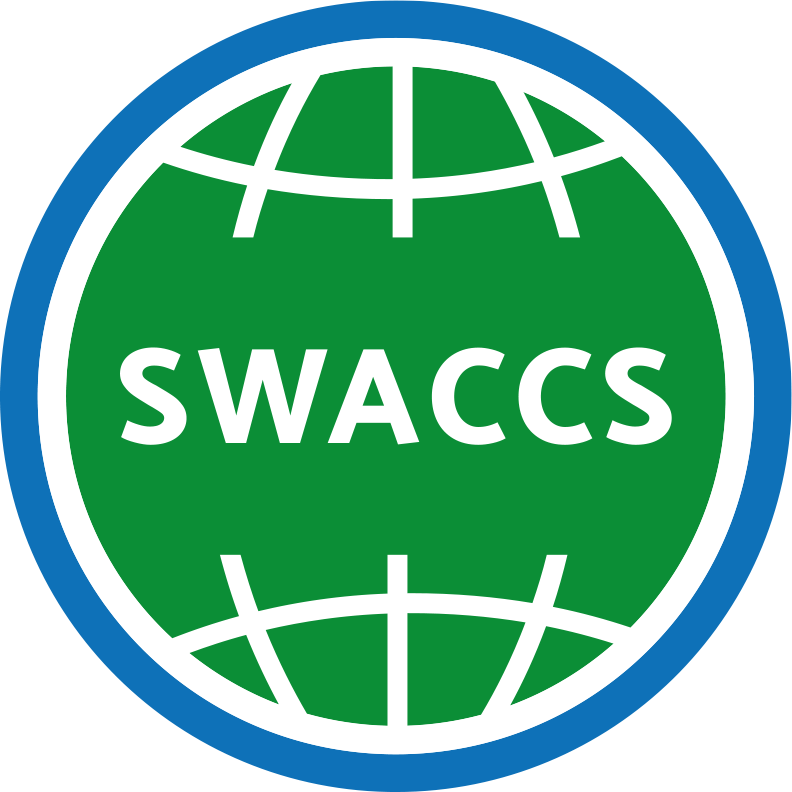A recently funded EU projects on metabolism disrupting chemicals for developing integrated testing strategies and improved mechanistic understanding of related disorders.
NorthPop @ Umeå
NorthPop is a recently initiated mother-child cohort under establishment in Västerbotten county including 10 000 pregnant women and their children will be followed from pregnancy to school age. Samples including blood, urine, feces, saliva, breastmilk etc will be taken at several occasions and projects are ongoing focusing on different exposures and health impacts including those related to chemical exposure.
The Environmental Forensic Laboratory, EnForce, is a research effort aiming towards a non-toxic environment. Their scope is toxin discovery. EnForce is split between four different projects: Mixture risk, PAC risk, PFAS risk, and Microplastics risk.
BaltHealth (Baltic Sea multilevel health impacts on key species of anthropogenic hazardous substances) is a BONUS funded project to assess the impact of multiple stressors on the ecological functioning and overall health of the Baltic ecosystem. The project has a strong focus on the impact of anthropogenic hazardous substances (AHSs) on all levels of the Baltic ecosystem, and therefore requires a holistic approach to assess environmental health.
Ecochallenge @ Umeå University
The strategic research program EcoChange focuses on the effects of climate change on marine ecosystems.
SELMA @ Karlstad University
The Swedish Environmental Longitudinal Mother and Child, Asthma and Allergy study is a population-based pregnancy cohort that recruited more than 2,300 women in the first trimester from prenatal clinics in Värmland county, Sweden, from November 2007 to March 2010. More than 50 chemicals with suspected or proven endocrine disrupting properties (EDs) have been analyzed in urine and serum from the mother in 1st trimester as well as in the children at 6 and 12 months and at 7 years of age. The children have been followed up in school age. The overall aim with the study is to examine the importance of prenatal ED exposure for health and development in the children controlling for relevant background factors. Health domains in focus are metabolism and growth, neurodevelopment and cognitive functions, sexual development, and asthma and allergy. The study is currently focusing on mixture exposures, epigenetics and risk assessment.
An Integrated European Flagship Programme Driving Mechanism-based Toxicity Testing
Novel testing methods of endocrine disruption linked developmental neurotoxicity.
Researchers at SWACCS Universities are partners in this EU-funded project striving to implement in silico methods and in vitro- and in vivo-tools for Integrated Approaches to Testing and Assessment of nanomaterials.
Researchers at SWACCS Universities are partners in this EU-funded project, striving to implement in silico methods and in vitro- and in vivo-tools for Integrated Approaches to Testing and Assessment of nanomaterials.
